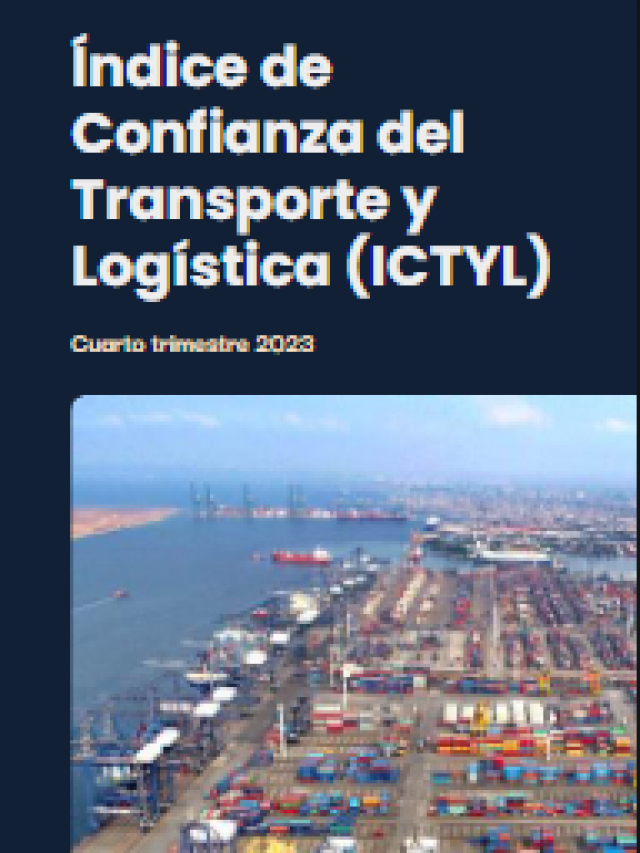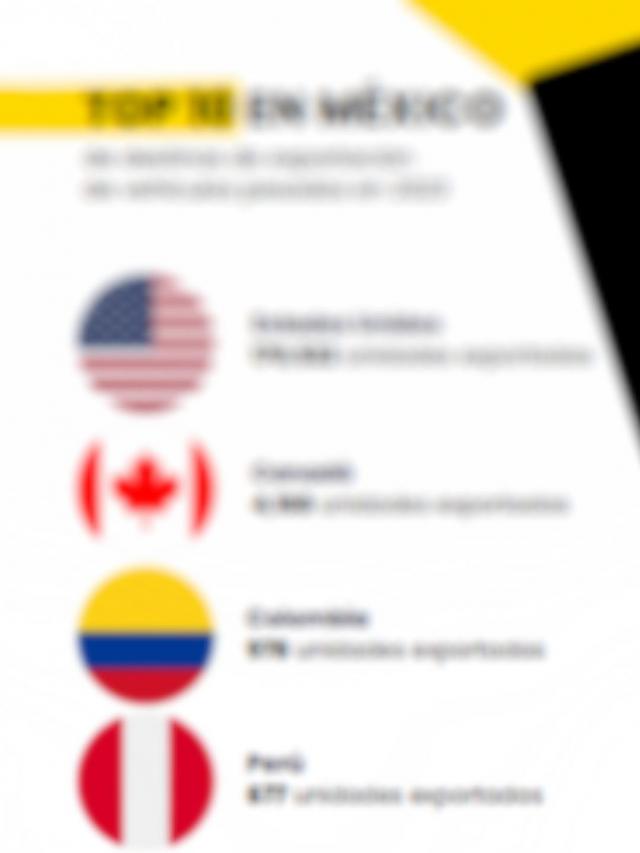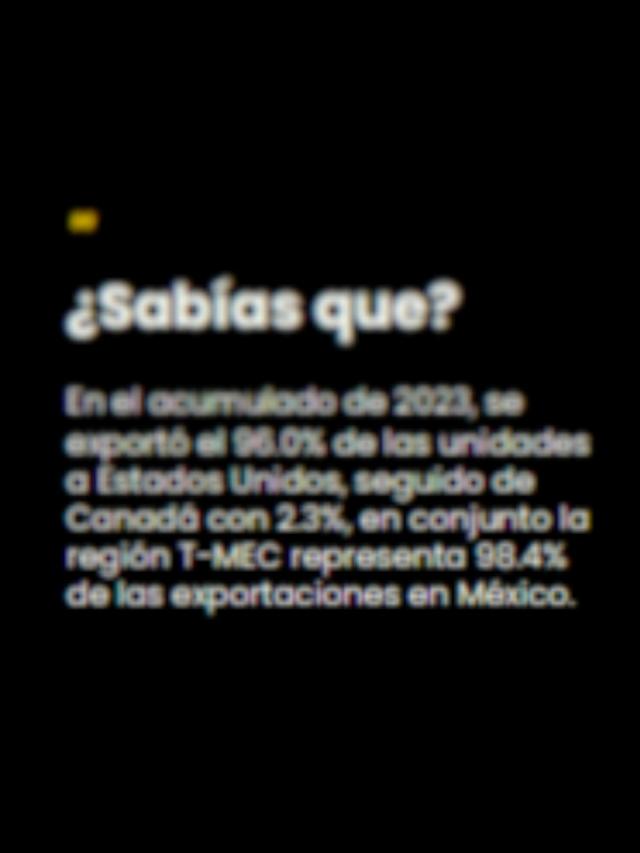 U.S. President Donald Trump’s tariff policy has put the Mexican economy in jeopardy. However, it would also open up new opportunities for our country’s market, including increased exports to our northern neighbor under the rules of the United States-Mexico-Canada Agreement (USMCA) , which would reduce tariffs.
U.S. President Donald Trump’s tariff policy has put the Mexican economy in jeopardy. However, it would also open up new opportunities for our country’s market, including increased exports to our northern neighbor under the rules of the United States-Mexico-Canada Agreement (USMCA) , which would reduce tariffs.
According to the report “Mexico’s Tariff Puzzle: More Complex Than It Seems”by BBVA Research , in 2024, Mexico exported $505.9 billion to the United States. Of that total, 48.9% was exported under the USMCA , while 51.1%fell outside the agreement.
That is, more than half of Mexican exports would face a tariff of at least 25% , and, according to 2024 data, at least 19.1% could face a tariff of 50% . Only 25.6% would be exempt from the tax.
 The automotive industry, the most affected
The automotive industry, the most affected
President Trump’s tariffs have particularly hit sectors such as steel and aluminum exports, beer, and the auto industry, which could be subject to a combined 50% tariff if they are outside the USMCA .
In 2024, the automotive industry exported a total of $86.6 billion , representing 17.1% of Mexican exports to the United States.
One possible solution, according to the BBVA Research report , is that by considering the US content in Mexican automotive exports (on average 18.3%), the tariff could be reduced to 13.1 percent .
Furthermore, if a record high in automobile exports via the USMCA (64.2%)is added and the Trump administration agrees to reduce tariffs on migration and fentanyl to 12% , the average tariff could fall to 8.4% for this sector.
This would place our country among the countries with the lowest levels of relative protectionism from the United States globally.

Integration into the USMCA, a breath of fresh air for exports
It is proposed that to inhibit the average tariff, industrial policy should focus on maximizing the percentage of trade that is carried out under the protection of the USMCA , which would reduce the level of protectionism that Mexico faces compared to other economies and could revitalize the relocation of production lines in Mexico, known as nearshoring .
BBVA Research described as “positive” the inclusion of these objectives as central priorities of the so-called “Mexico Plan,” a strategy that seeks to strengthen economic integration with the United States by increasing the domestic content of Mexican exports.
To achieve this, the institution stated, it is necessary to create a national supplier registry that allows exporting companies to identify domestic suppliers who can help them comply with the USMCA ‘s rules of origin and, thereby, increase the percentage of exports eligible under the agreement.
Given this scenario, several public media outlets have proposed the goal of Mexico exporting between 80% and 90% of its merchandise under the USMCA . This ambitious figure, above the historical maximum of 64% .
However, if security and migration agreements are added to this scenario, which reduce the tariff to 12% for goods outside the treaty, the weighted tariff could reach 5.4% , which would be the best possible scenario for Mexico.
On January 20, just hours after taking office, U.S. President Donald Trump announced the imposition of 25% tariffs on imports from Canada and Mexico, accusing both countries of not doing enough to stem the flow of drugs and migrants into the United States.
Comment and follow us on X: @GrupoT21
















